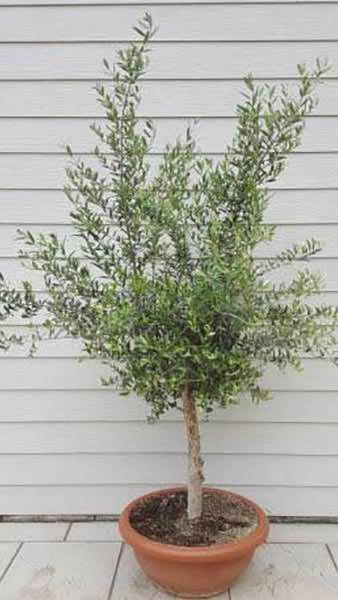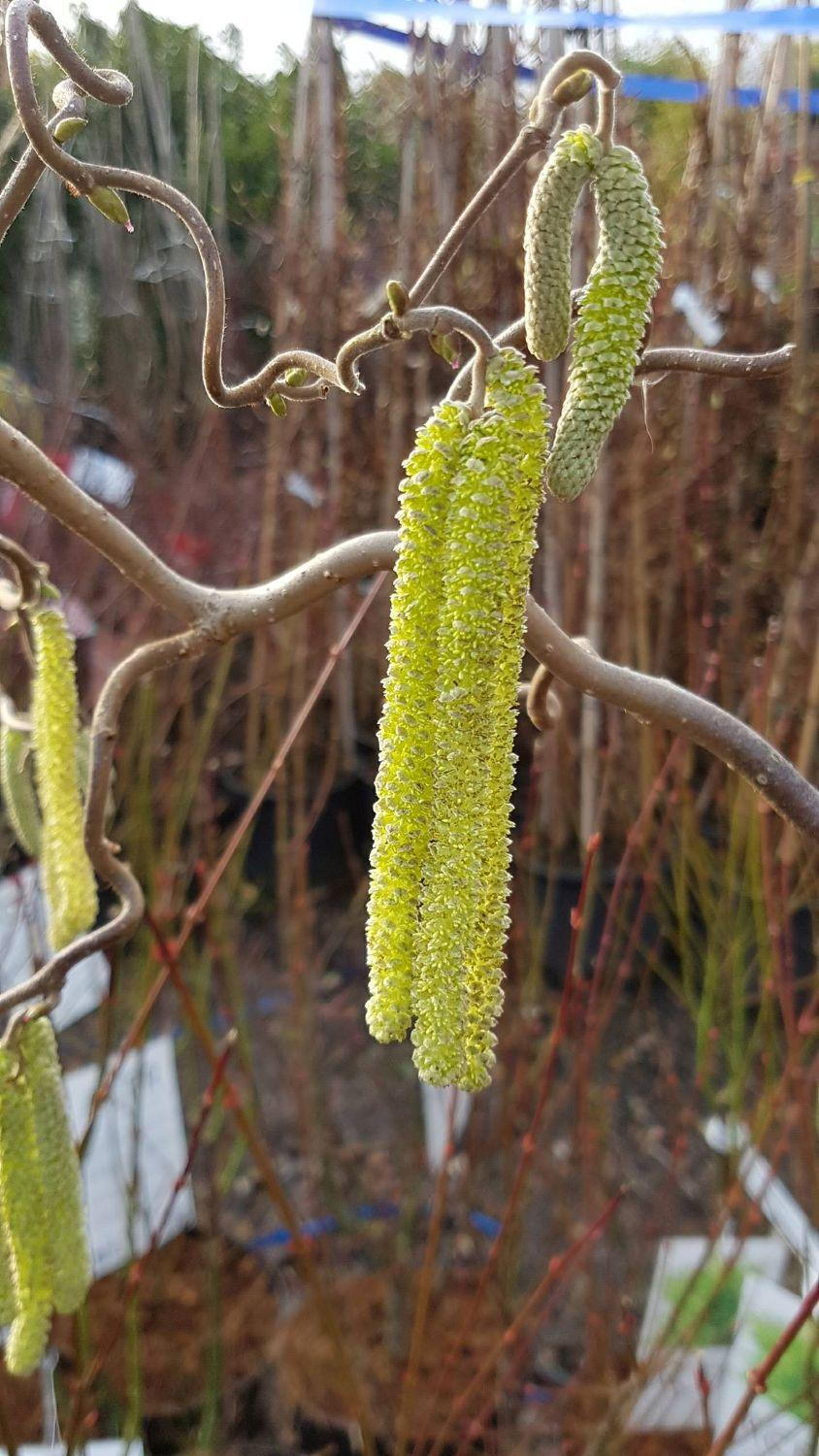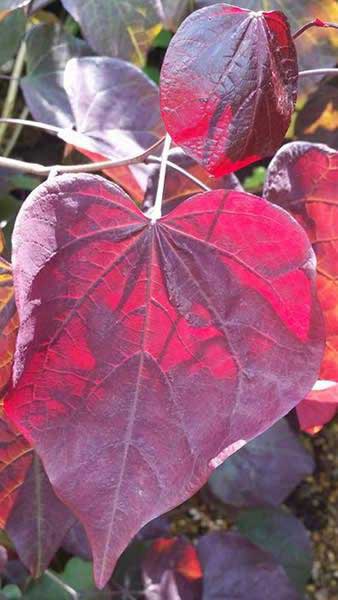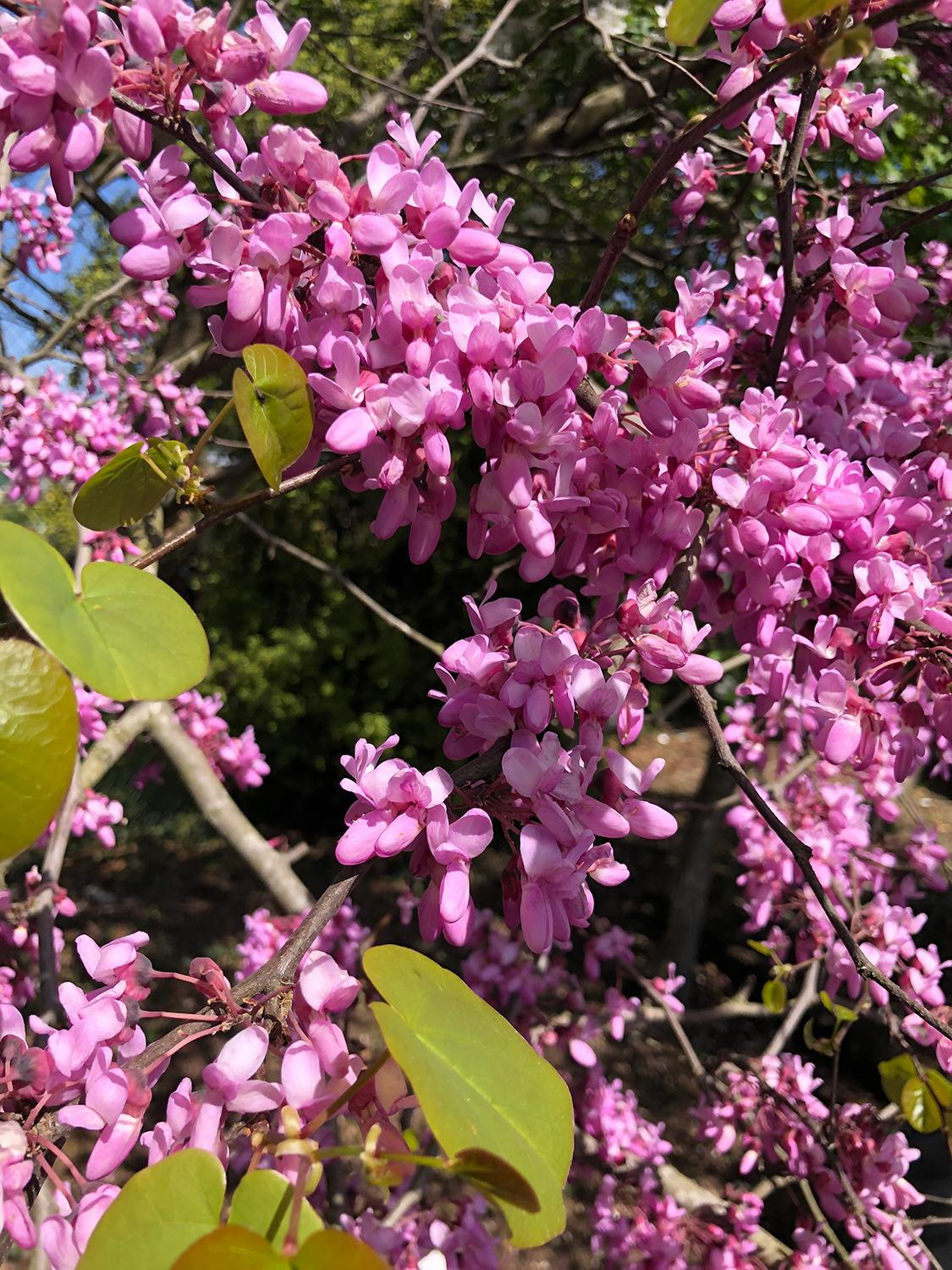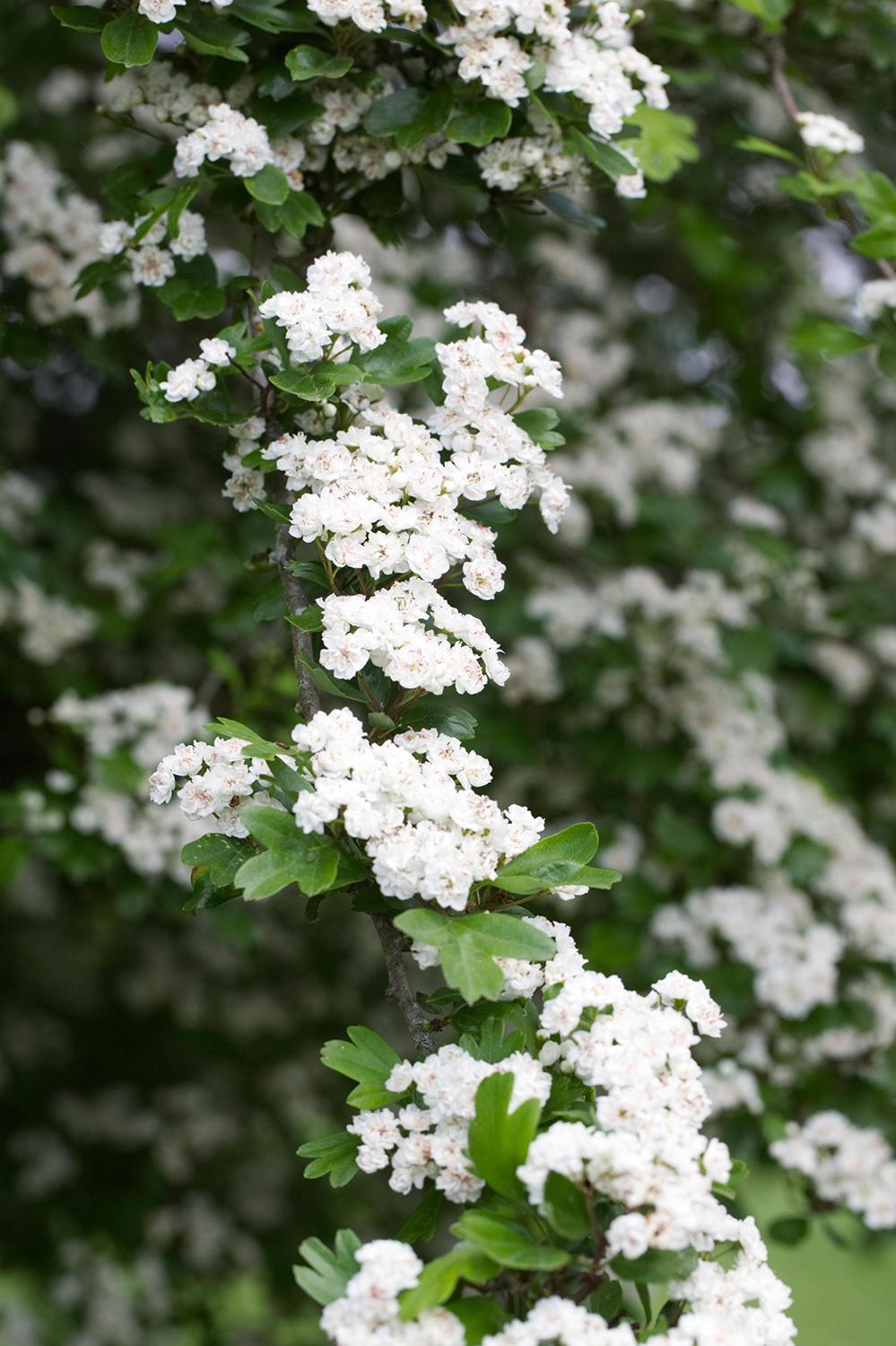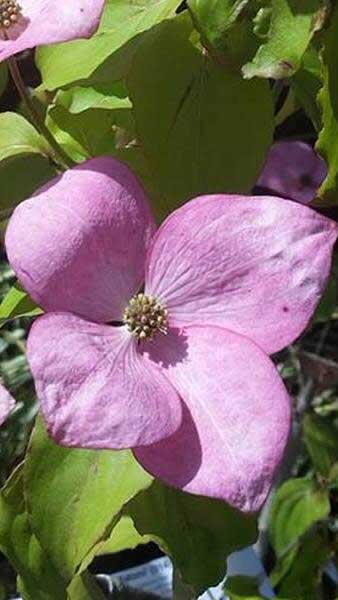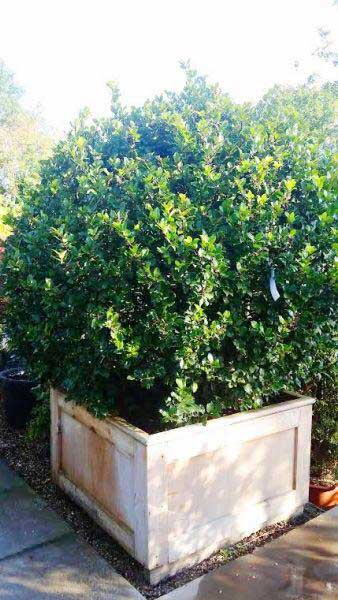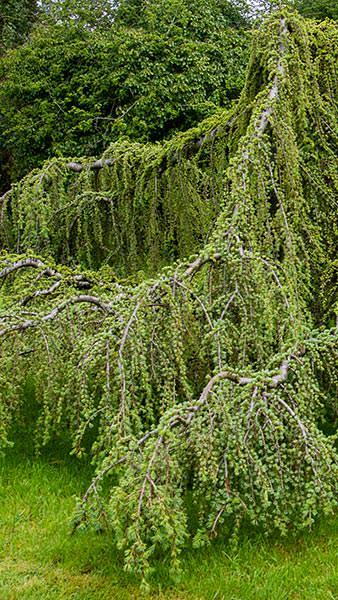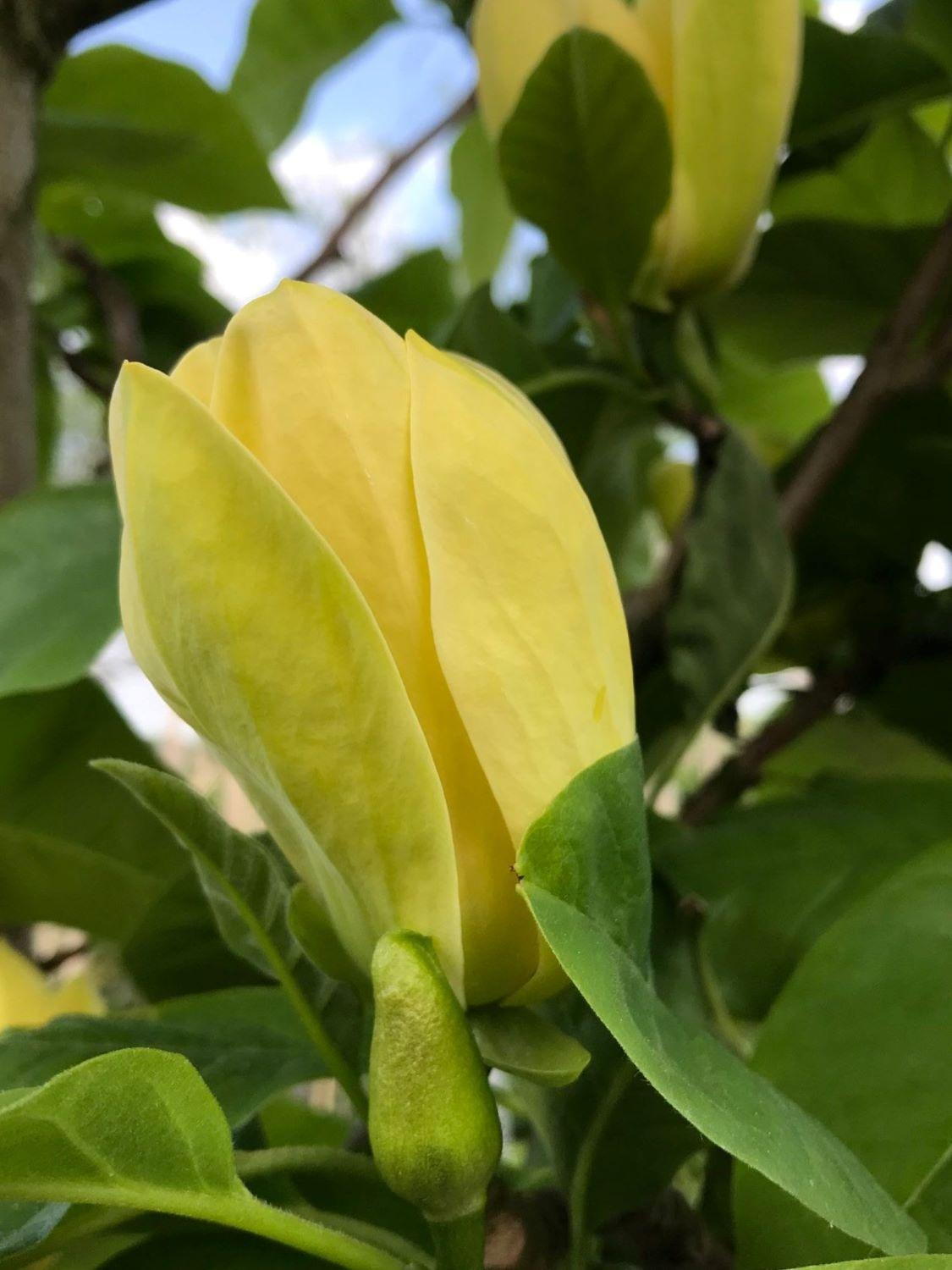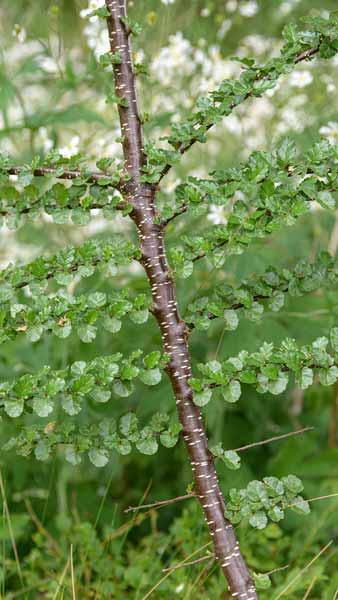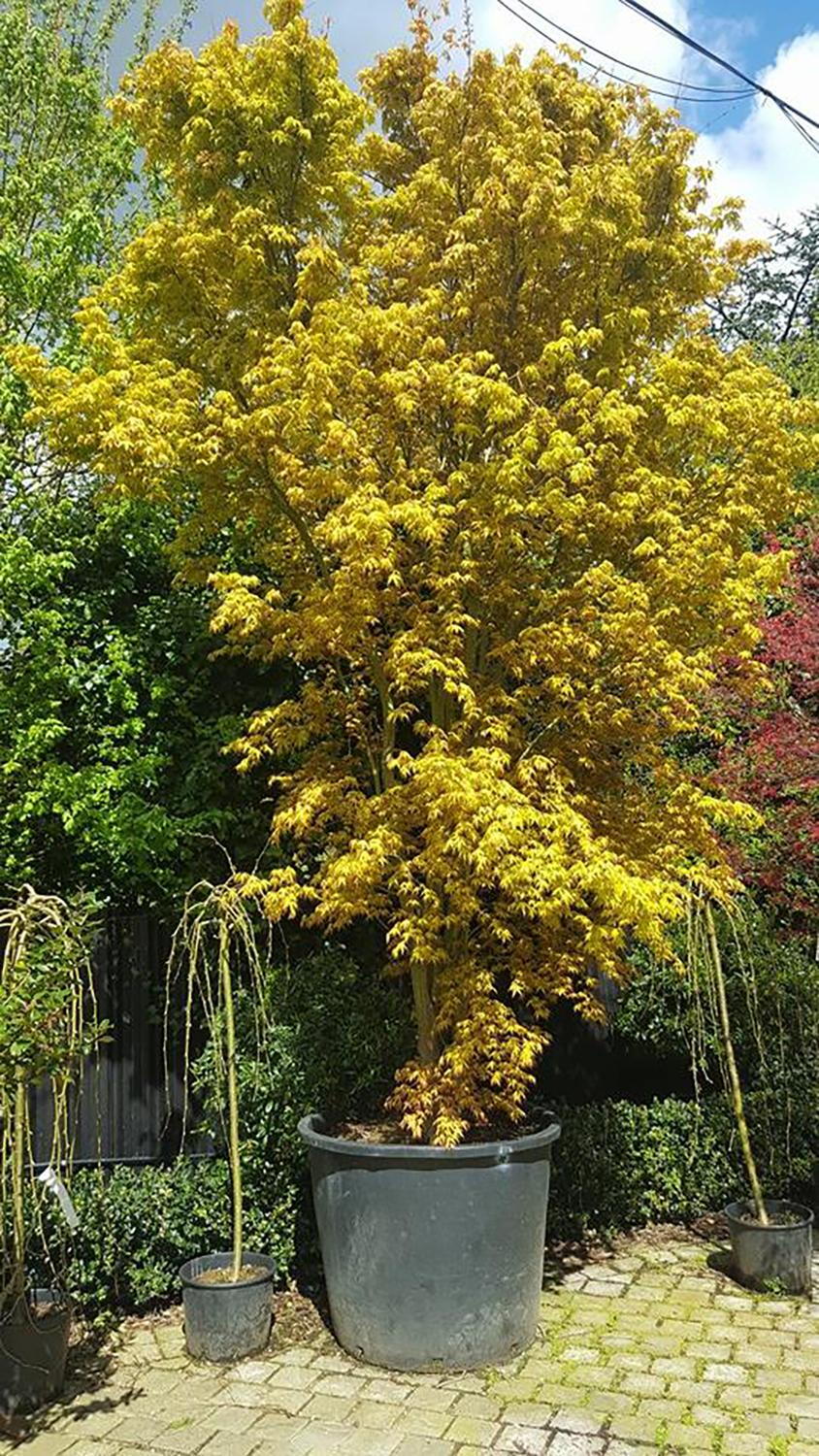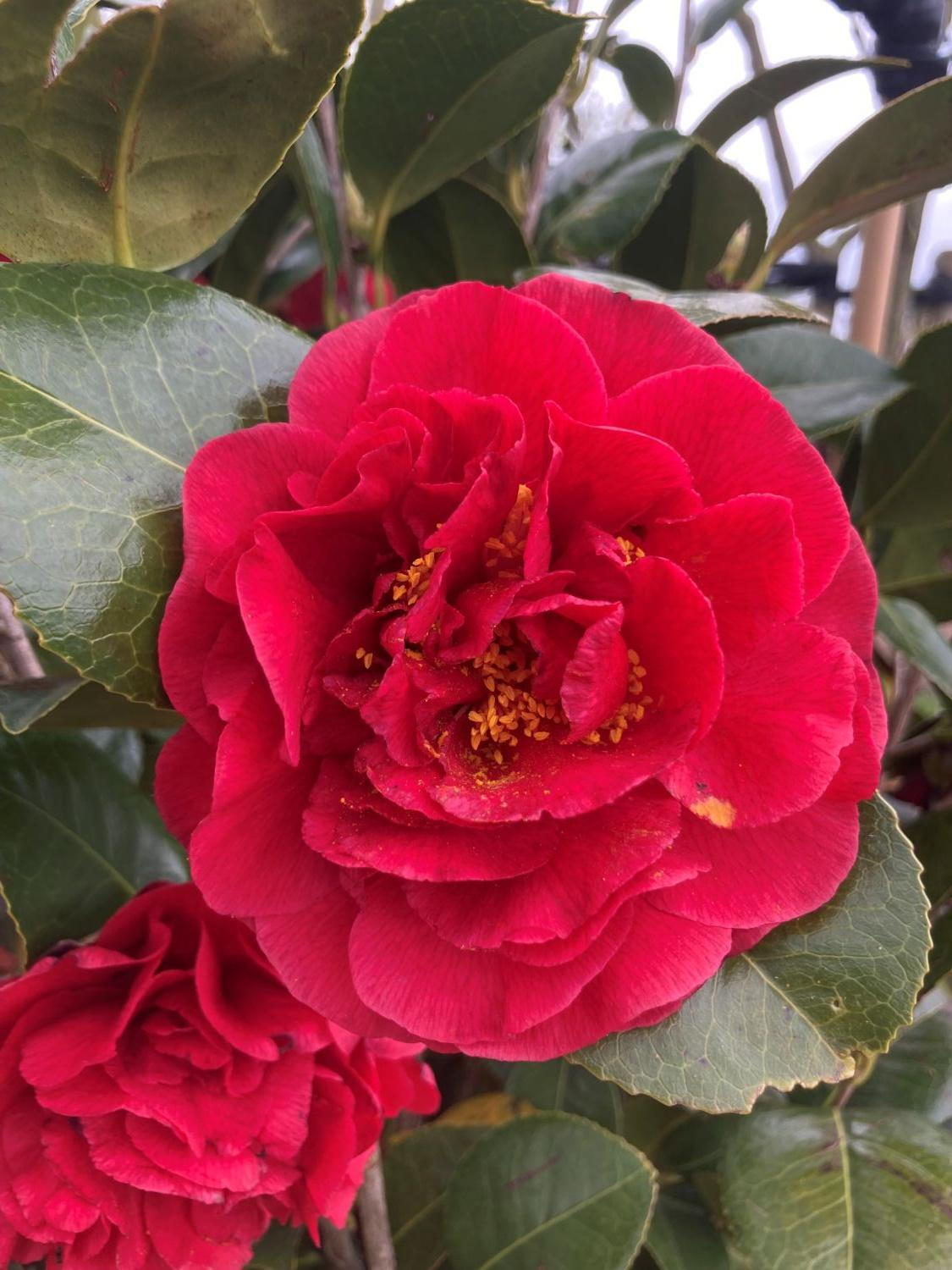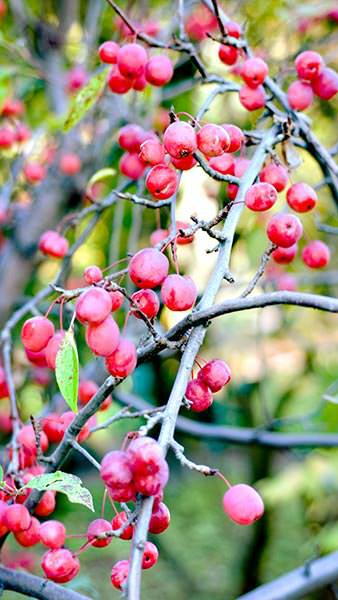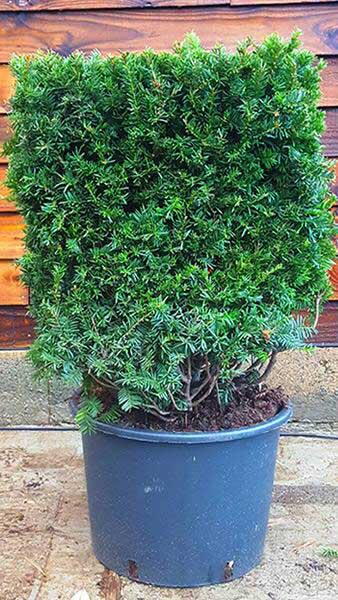Taxus Baccata Yew Topiary Cubes for Sale online UK
Keeping your garden vibrant during the winter is easy if you choose the right plants. One of the best solutions for a lively winter garden are contemporary-shaped Yew topiary cubes, eye-catching, evergreen, formally-shaped plants which stay green and healthy throughout the whole year. Taxus Baccata, known commonly as Yew, is an ideal plant choice for resilient, low-maintenance topiary cubes that can be planted directly in the garden or in containers. Slow-growing Yew lends itself very well to cutting and shaping, making it an ideal choice for topiary. The slim, dark green, leathery needles of the Yew topiary cube form a dense evergreen foliage, creating a luxurious and rich year-round look. The flowers of Taxus Baccata topiary cube are tiny and bulb-like, and emerge in the spring. The fruit of Yews are a wonderful contrast with the dark, evergreen leaves. The fleshy bright red berries are highly decorative and attract birds. Contrary to the popular opinion, the berries are not toxic to people nor animals - it’s the seeds inside the berries that are poisonous. Of good constitution, long-lived and native to the UK, these Taxus Baccata topiary cubes are fully hardy in both Britain and Ireland. Taxus Baccata has been awarded the AGM award by the Royal Horticulturist Society, indicating that it’s perfectly suitable to grow in the UK climate. Yew topiary cubes are appealing to gardeners because they are really easy to maintain. Each of our Yew topiary cubes has a 50 cm square crown, its foliage sculpted in a 50 cm tall, wide and deep cube, which needs to be clipped once a year to keep its shape. Maintaining the form requires almost no effort, but it’s not the only thing that makes Yew topiary cube easy to care for. Taxus Baccata is incredibly accommodating, and it can be grown in any type of well-drained soil, equally thriving in full sunlight as well as full shade. Although ideal for a low, instant hedging, Yew topiary cubes are great as a part of a formal bed or a path edge. Since they are perfectly suitable to grow in containers, Yew topiary cubes can be used as a stylish decoration on your veranda or balcony, or to spruce up the front entrance of your home. View and browse our entire topiary collection.


